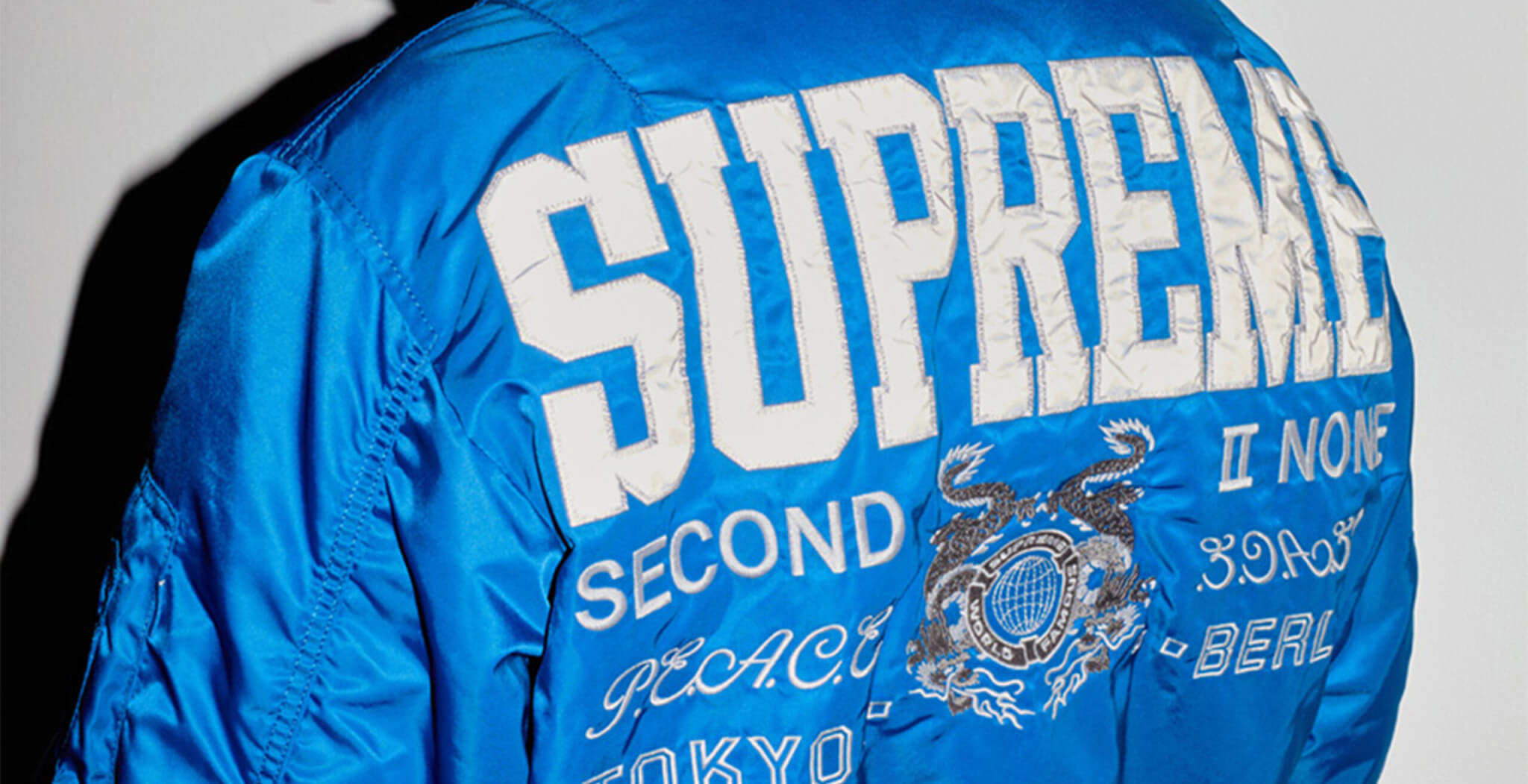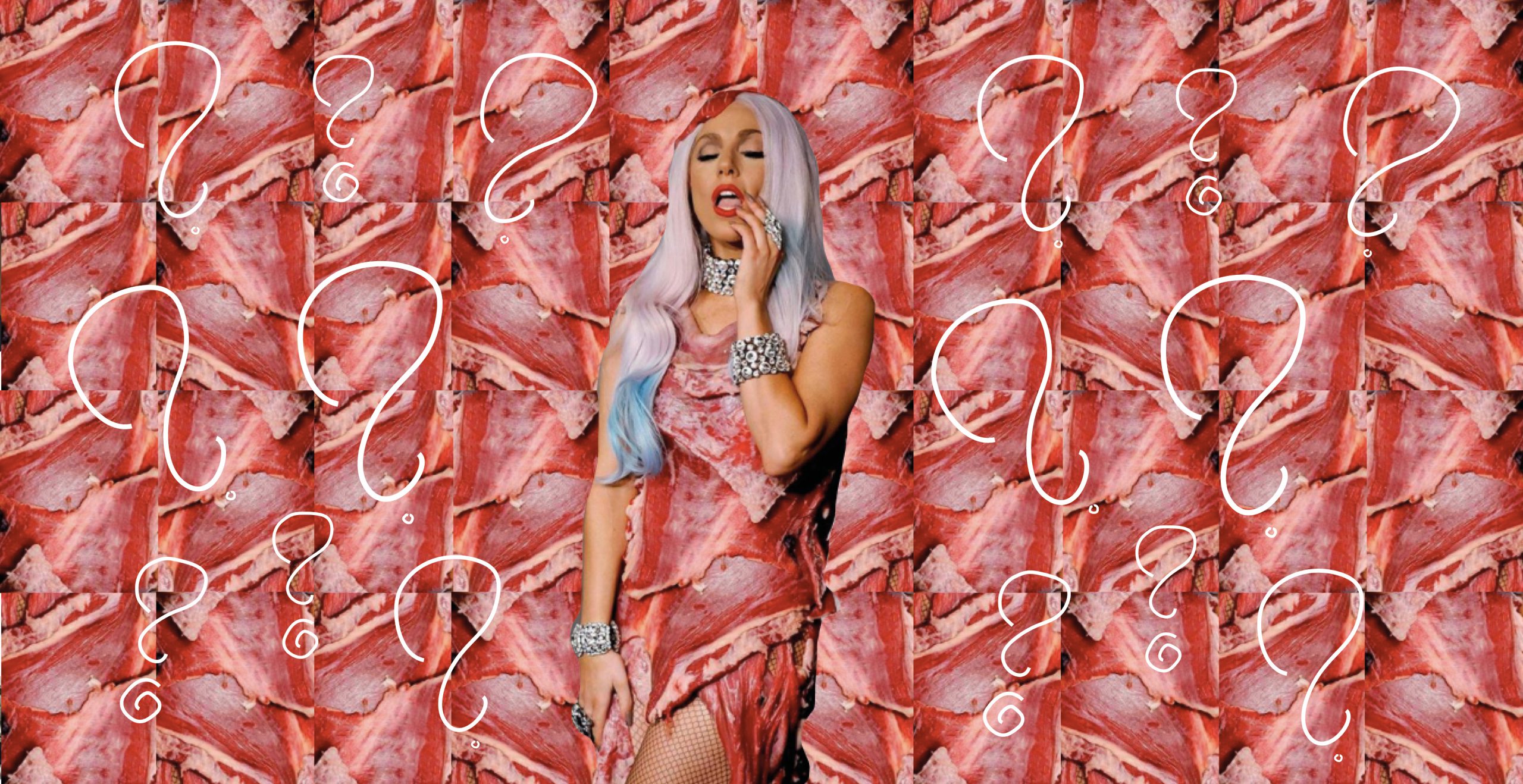Men wear blue, women wear pink. Dresses and skirts can only be worn by women, whereas ties are men’s attire. These are some of the many ideologies most people grew up believing, and not only practicing themselves but also imposing on their own children. But when did we, as a society, ever decide that someone’s gender or sexual orientation can be correlated with a piece of clothing? Let us delve into the history and break down some myths that might even have contributed to the severe sexism we are currently experiencing in modern-day society.
History Reveals Gendered Clothing is a Recent Phenomenon
When we go back to the earliest known human societies, where survival was the only priority, both men and women had very similar labor and therefore were pretty much egalitarian. Regardless of their gender, both men and women would perform various activities. Over time, labor became more divided, with men typically hunting and women taking care of children and agriculture. Long before gendered clothing, the choice of clothing was tailored to the tasks being performed. Clothing was a way to distinguish people by their labor, such as men wearing loose-fitting garments to move freely and protect their skin.
It wasn’t until the 17th century in France that the division of gendered clothing we see today began. Before that, many historical male figures wore gowns, tights, and skirts—items not considered “manly” by today’s standards. Back then, clothing signified wealth, class, health, and power regardless of gender. However, under French King Louis XIV‘s reign, a law was passed for a seamstress’ guild to make strictly women’s and children’s garments only.
In the 19th century, most parents dressed their children in white dresses regardless of gender. According to historian Jo B. Paoletti, author of Pink and Blue: Telling the Girls From the Boys in America, dresses were popular due to their practicality. White cotton could be easily bleached, and dresses allowed convenient access for diaper changing. Eventually, pastels became popular for both boys and girls, including blue and pink. The currently stereotypical gendered clothing—boys wear blue, girls wear pink—is quite recent, dating back to the early 20th century. Interestingly, a June 1918 article from the trade publication Earnshaw’s Infants’ Department wrote, “The generally accepted rule is pink for the boys, and blue for the girls. The reason is that pink, being a more decided and stronger color, is more suitable for the boy, while blue, which is more delicate and dainty, is prettier for the girl.”
It wasn’t until the baby boomers in the 1940s that families began dressing their children in sex-specific colors. Blue became a boys’ color, and boys were dressed as miniature adult men, while pink became a girls’ color, and dresses and skirts were designated as girls’ and women’s attire. This trend persists to a certain extent, especially in children’s clothing.
It (Sub)consciously Affects Our Personality
As early as ages 2 and 3, children become aware of physical differences and start labeling themselves as “boy” or “girl.” They also begin categorizing people, animals, and things by gender. This early reinforcement of gender ideologies influences their perceptions. “So they think, for example, that what makes someone female is having long hair and a dress,’’ says Jo B. Paoletti.
Dr. Helen Driscoll, a senior lecturer and researcher in the University of Sunderland’s Psychology Department, discussed in a paper how clothing might give children a false narrative of their capabilities. Often, children’s clothes have very stereotypical messages, with boys’ clothing featuring phrases like ‘Strong’, ‘Roarsome’, ‘Unstoppable’, and girls’ clothing saying ‘Choose love’, ‘Cute’, ‘Simply Adorable’. These biased slogans are more than just prints on shirts. They (un)intentionally reinforce traditional gender roles and stereotypes, shaping children’s perceptions of themselves and others from a young age, which can limit their potential and influence their behavior, interests, and self-esteem.
Fashion is a Canvas, Not a Cage
Fashion has come a long way from its initial use to protect the skin and allow movement. What you wear reflects your identity. From cultural garments and thrifted items to Haute Couture and the trend of environmentally conscious clothes, fashion is a way of creative expression and displaying personality. The creative freedom we witness today includes wearing clothes to express political statements (such as the Keffiyeh and BLM apparel) and even wearing items regardless of their stereotypical usage to challenge and redefine traditional notions of biological sex and gender identity, pushing towards a more de-gendered fashion world. Fortunately, we have a variety of fashion enthusiasts who not only actively educate their audience about the power of clothes but also continuously break stereotypical biases by displaying their looks – or rather their identities – online. People like them give individuals around the world the courage and inspiration to embrace their true selves and express rather than limit their unique personalities through fashion.




























